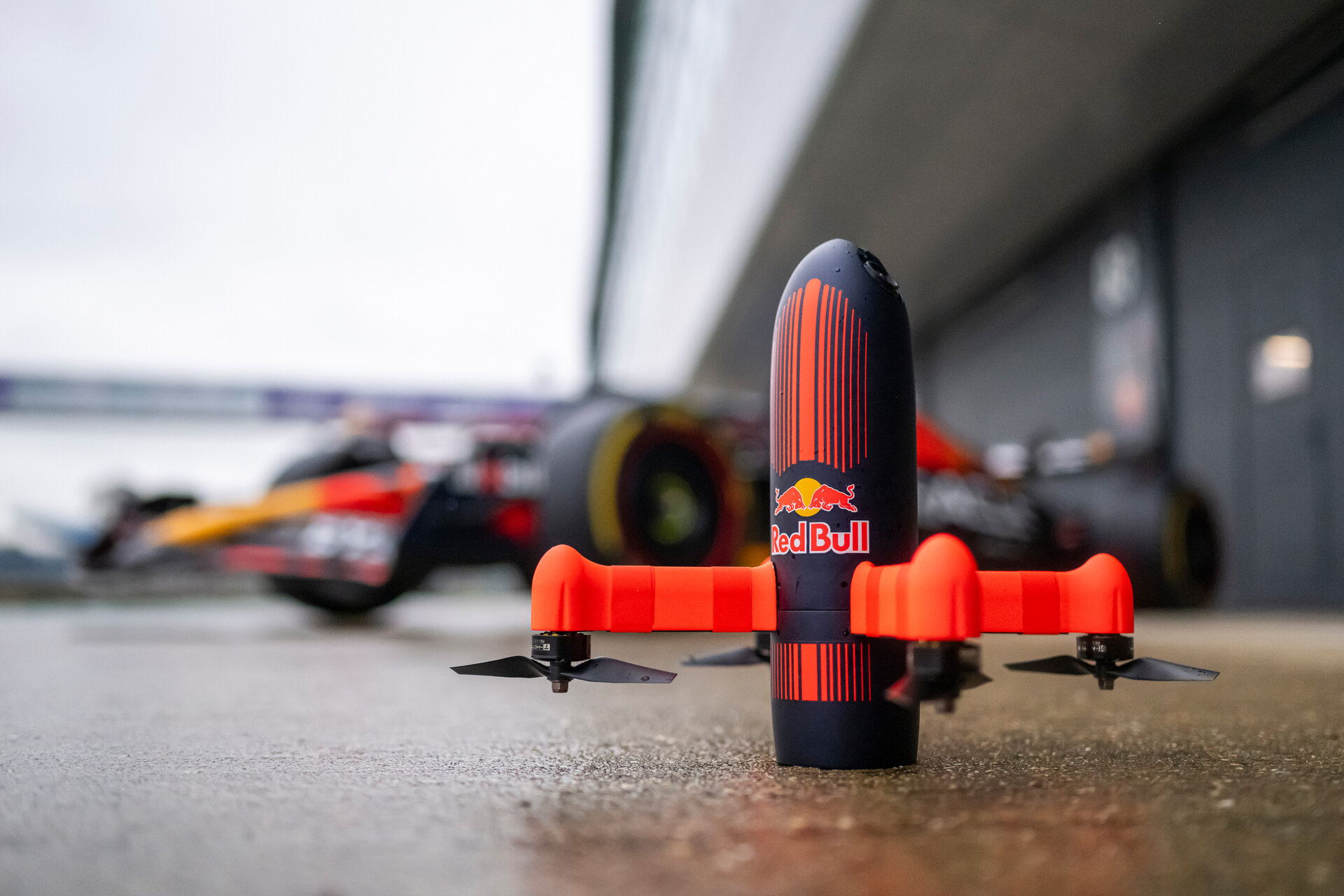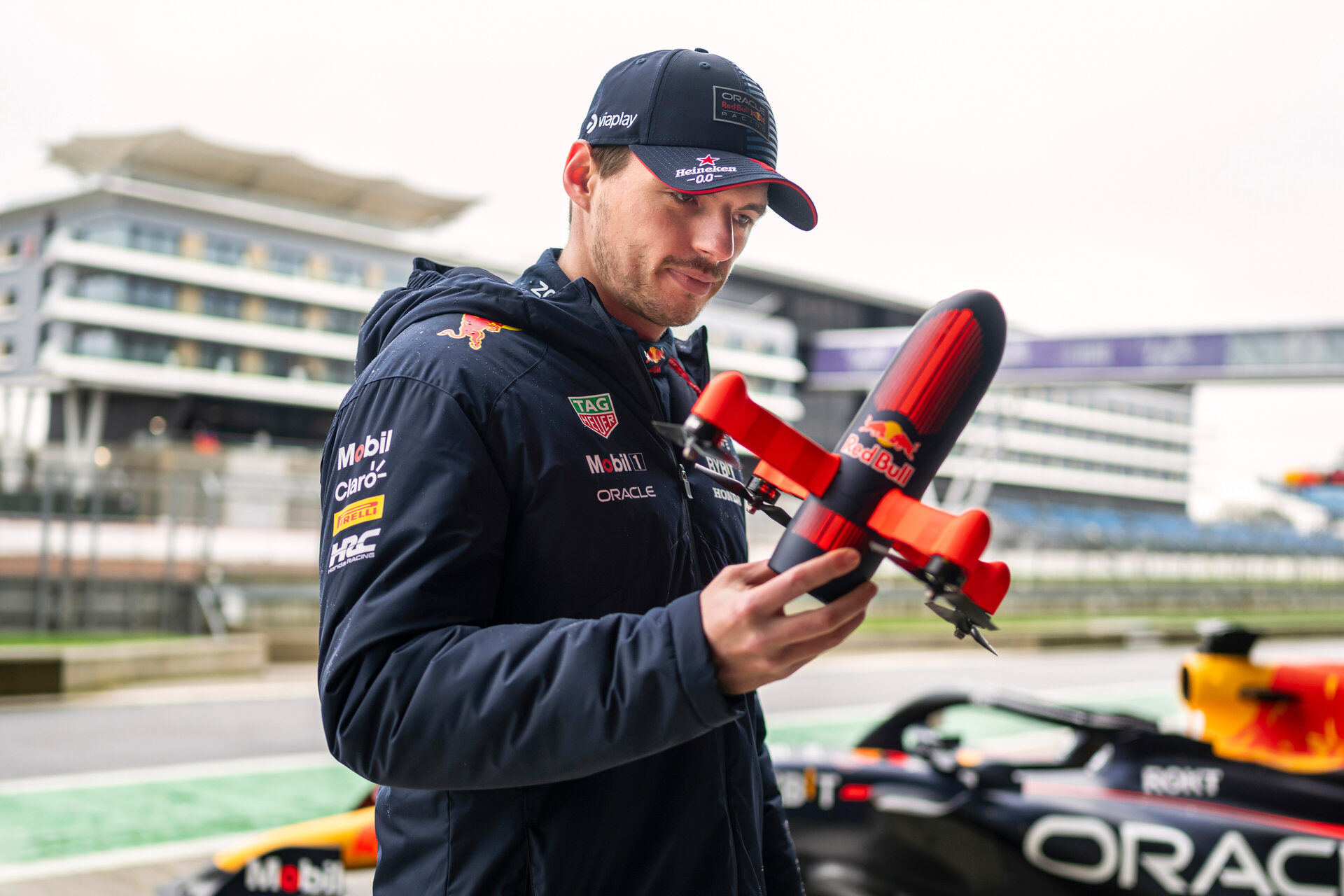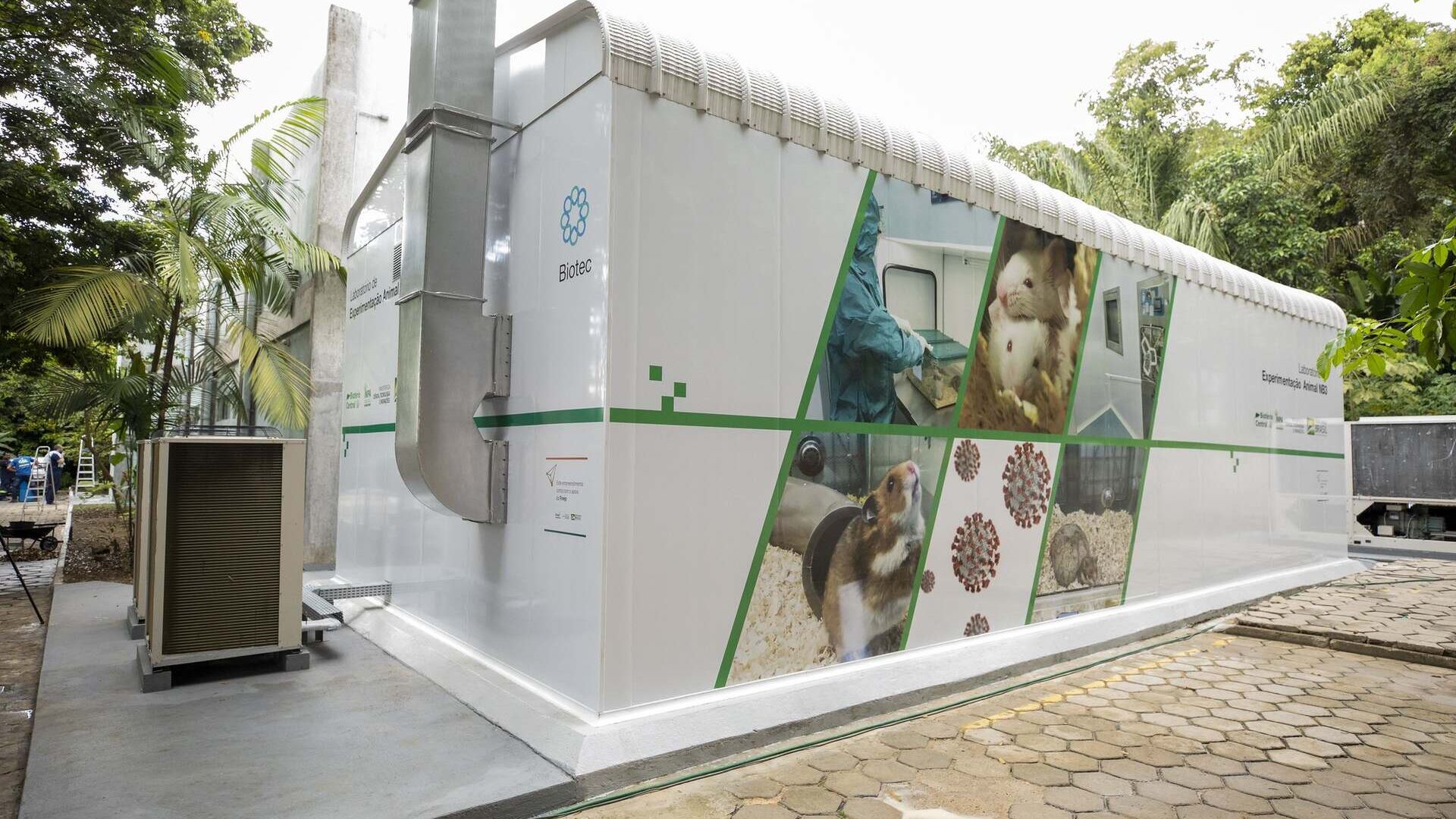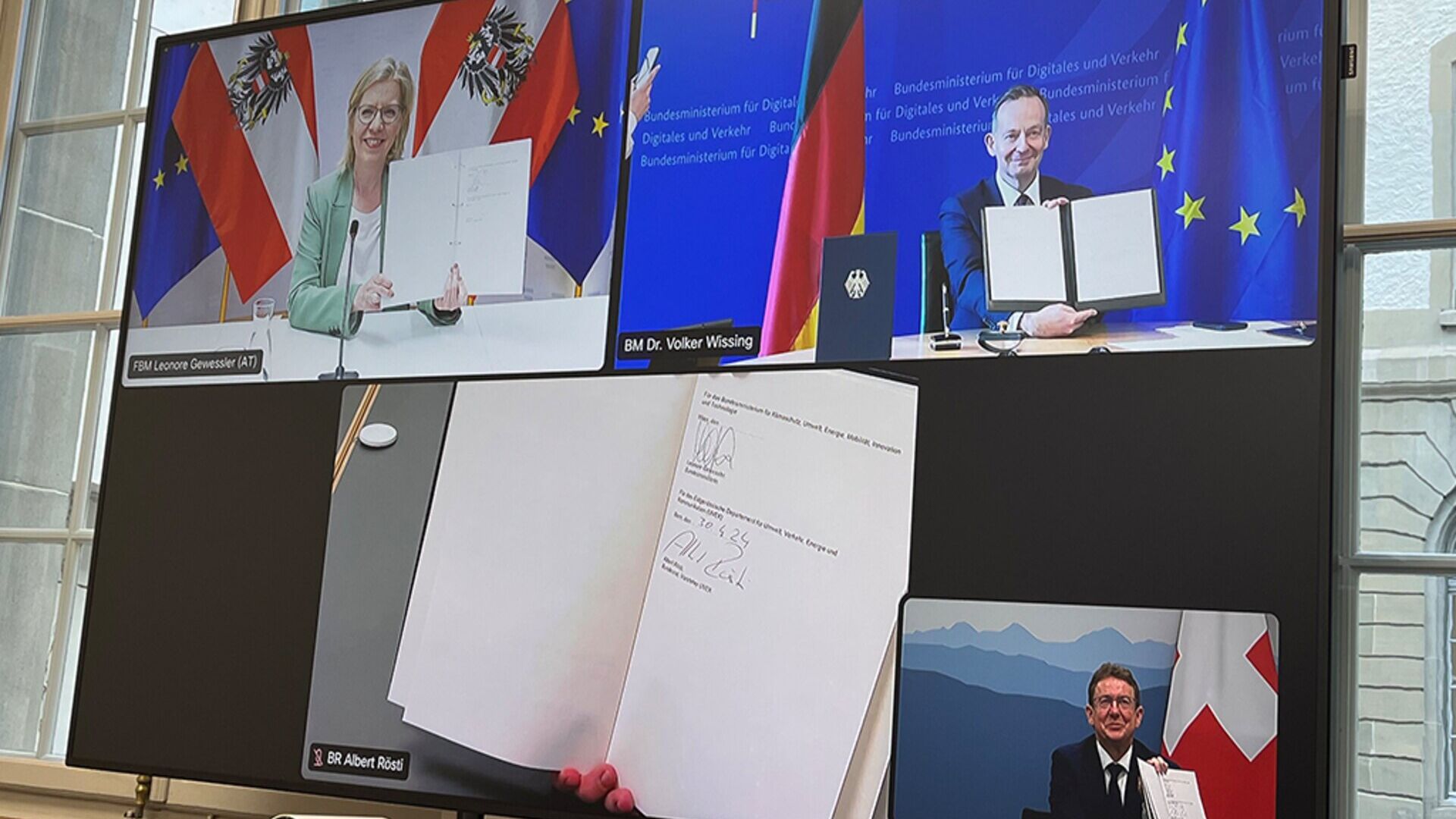Video, surface-to-air battle between Red Bull RB20 and Dutch Drone Gods
A very fast FPV flying robot built in Holland in the wake of the Formula 1 world champion's new single-seater at Silverstone

Thanks to the technology invented by the specialized company "Dutch Drone Gods", the fastest subjective shooting ever with an FPV-type flying robot was achieved.
In this case, on 13 February 2024 it filmed Max Verstappen's brand new Red Bull RB20 Formula 1 single-seater in action at full speed.
The seamless, so-called “first-person” images of a complete lap of the Dutch champion on the Silverstone Grand Prix circuit were taken with a hand-piloted drone, custom-built for this purpose.
The 2024 car from the Oracle Red Bull Racing team was brought in front of the fans for the first time on that occasion.
At the same time, a flying robot equipped with "first person view" devices held its own against the Circus car in terms of resistance and speed and recorded a high-definition video.
An FPV drone, or racing drone, is a remotely piloted aircraft used in a sporting, recreational or cinematographic activity.
It took more than a year to design a flying robot capable of accelerating twice as fast as a Grand Prix car, easily reaching 300 mph in just four seconds, with a top speed of over 350 kilometers per hour.
The “Dutch Drone Gods” team and pilot Ralph Hogenbirk, also known as “Shaggy FPV”, prepared for a lap behind compatriot Max Verstappen with multiple flight simulations.
In fact, a lot of time passed from the first sketches of the drone designed in the laboratory in Eindhoven, in the south of the Netherlands, to the creation of the actual small aircraft.
The development was accelerated thanks to the possibility of accessing the company's experience, know-how and operational processes Red Bull Advanced Technologies, the high-performance engineering and technological arm of the Circus team of the same name, generously offered to the men of the “Dutch Drone Gods”.
The need to carry out large accelerations and decelerations, reaching a maximum speed of 300 km per hour, have significantly reduced the battery life to around 3 minutes.
The Dutch company designed and produced lightweight aerodynamic fairings and structural arms specifically for engine mounting, aiming to help reduce the drone's total mass by around 10 percent.
While the vast majority of commercial flying robots travel around 60 km per hour with a battery life of around half an hour, the special drone had to fly with the same agility as a Formula 1 car.
Several extensive videos show the FPV drone piloted by Ralph Hogenbirk/“Shaggy FPV” chasing the reigning world champion around the Northamptonshire track.
In fact, a broad overview of the event, two summary videos (with and without captions) and a couple of in-depth analyzes on the technique (also with and without captions) are available.
Max Verstappen challenged by the fastest flying robot in the world
Photogallery, the challenge of an FPV drone to the Formula 1 champion
From Oracle Red Bull Racing the F.1 innovation designed by fans
Thus Max Verstappen in a simulator with increased difficulty
Red Bull RB20 Formula 1 chased by the "Dutch Drone Gods" at Silverstone (the event)
The Red Bull RB20 Formula 1 chased by the Dutch Drone Gods at Silverstone (the technique)
The Formula 20 Red Bull RB1 chased by the Dutch Drone Gods at Silverstone (the technique in brief)
The Formula 20 Red Bull RB1 chased by the Dutch Drone Gods at Silverstone (summary with captions)
Red Bull RB20 Formula 1 chased by Dutch Drone Gods at Silverstone (simple summary)

You may also be interested in:
In Brazil the first meeting in the world between biosafety and synchrotrons
In Campinas, a NB4 level maximum biological containment laboratory will be connected to the light sources of a particle accelerator
In Alto Adige today EDIH NOI is the new point of reference for AI
4,6 million euros from the PNRR fund will be allocated to Bolzano for services to local companies in the digitalisation of intelligence…
by Editorial staff Innovando.NewsEditorial staff of Innovando.News
Austria, Germany and Switzerland for "more innovative" cargo railways
DACH Ministers Leonore Gewessler, Volker Wissing and Albert Rösti: the introduction of Digital Automatic Pairing is a key element
by Editorial staff Innovando.NewsEditorial staff of Innovando.News
Persuasion or manipulation? Genesis and historical impact of PR
This is how Public Relations, from the sophistic dialogue of ancient Greece to the current digital era, continues to offer continuous innovation




